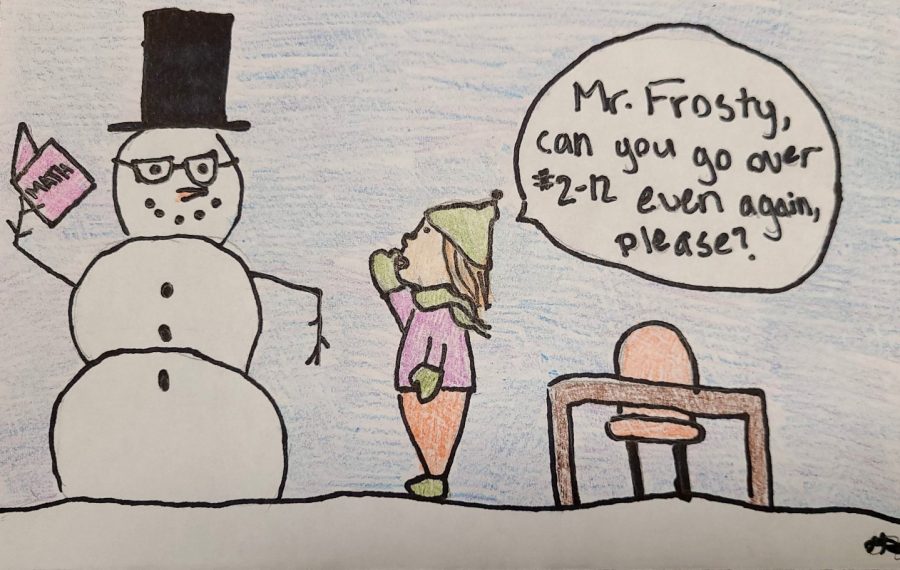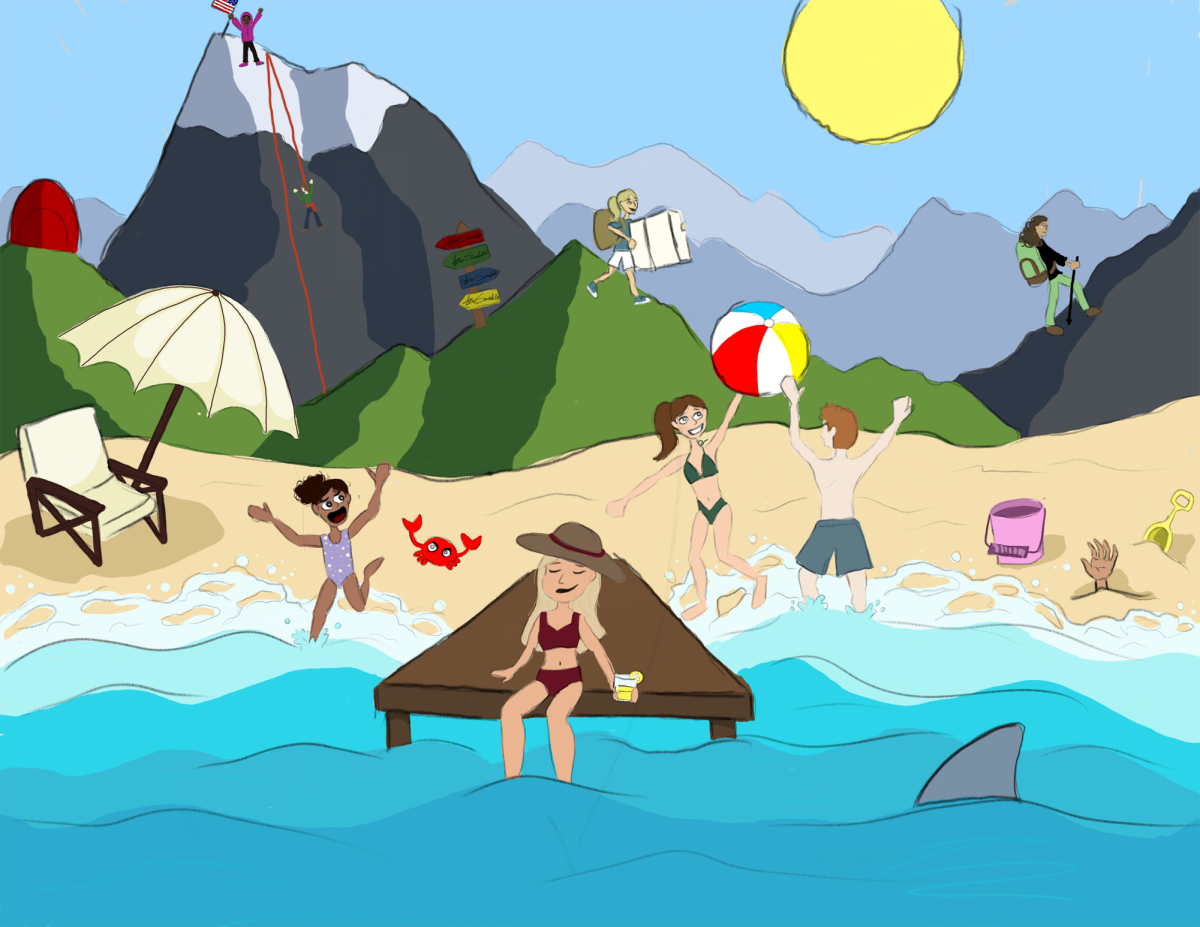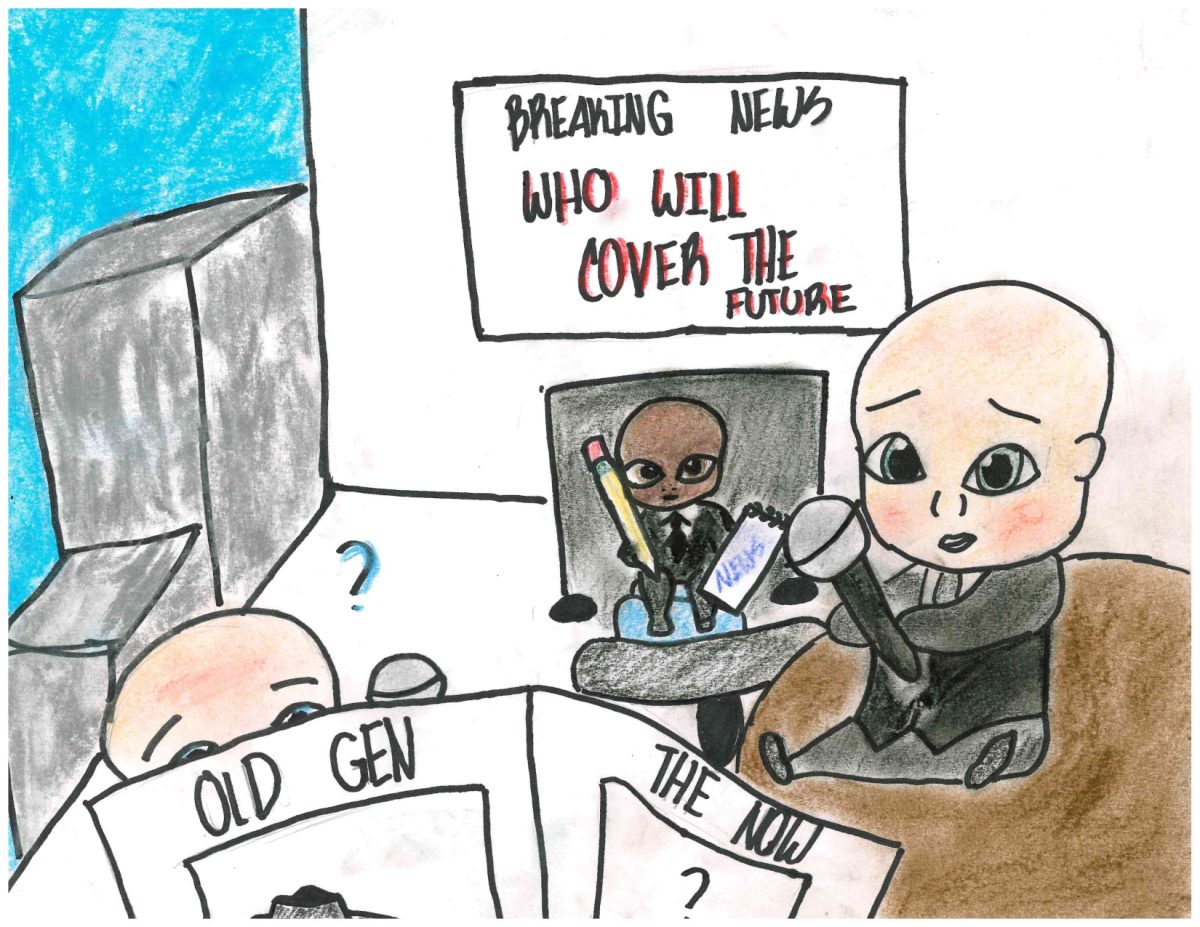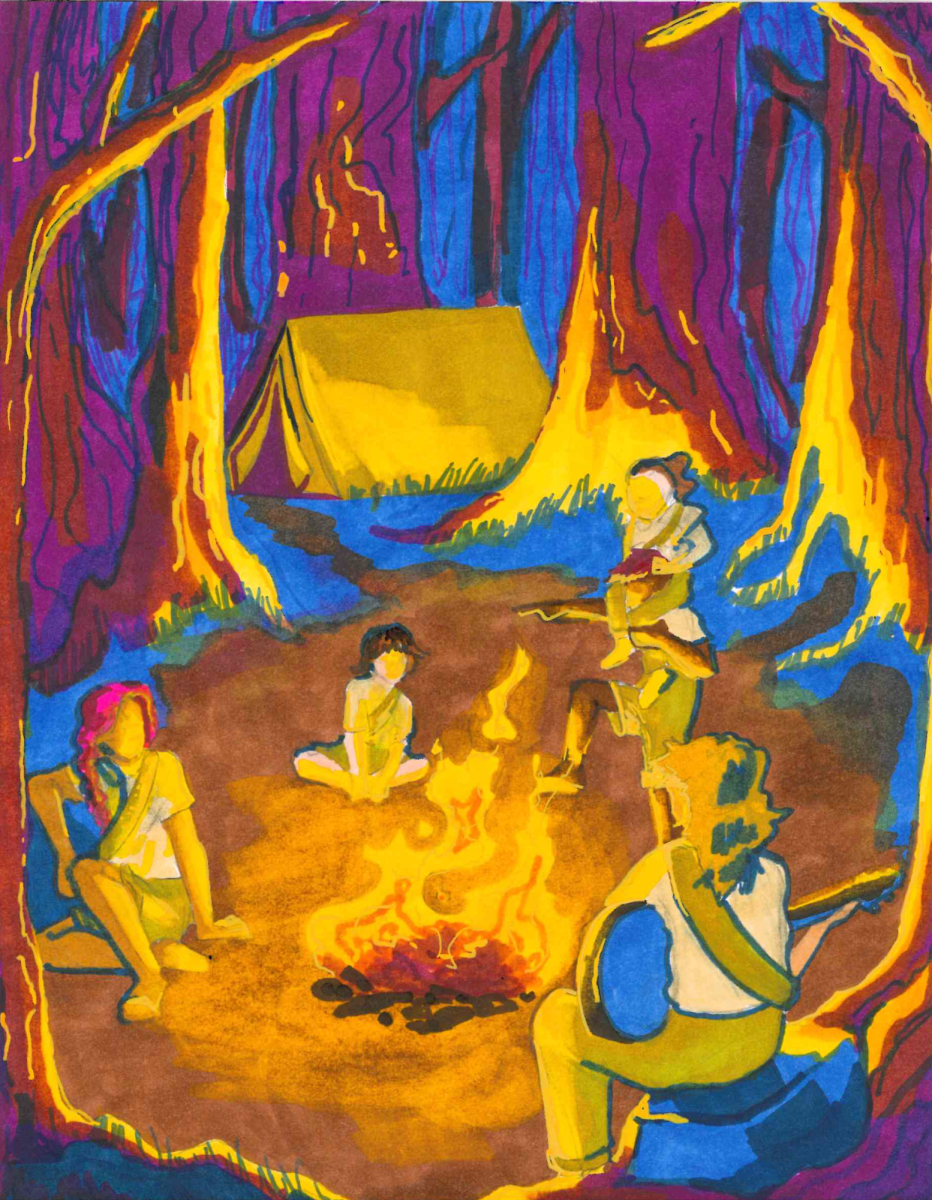Because of the many unknowns and abrupt changes within the past year, students and staff deserve some consistency and regularity within the second consecutive “anything but ordinary” school year.
A minor but effective way this is being accomplished across school districts nationally is the continuation of traditional snow days.
Snow days have been something kindergarteners and seniors alike have. Students deserve something to look forward to this year with dances, activities, and other events canceled, they need a constant.
Souderton has introduced an alternative to traditional snow days this year, however, called Flexible Instruction Days or FIDs.
While there are some benefits to these asynchronous instruction days, such as not having to make up snow days, the negatives outweigh the positives.
Students, high school students especially, are already overwhelmed with work and in the past have used snow days as days to catch up on upcoming or overdue assignments. Many students may feel overwhelmed by further instruction and assignments on days when they are home.
A study by The Princeton Review found that 50% of students report feeling stressed, 25% feel that homework is their biggest source of stress and that on average one-third of study time for teens is spent feeling stressed, anxious or stuck.
Students also deserve time to get outside and build a snowman or go sledding with siblings and neighbors. Some favorite childhood memories can be built from these moments and students of all ages should be allowed the freedom to have some joy during these despondent times.
The last thing students need more of right now is time on screens or computers. It is better for their mental and physical health to take breaks and go outside instead. Trekking through snow or shoveling the sidewalk is a serious workout.
According to Snowshoe Magazine, walking or running in snow burns up to 45% more calories than it does on regular surfaces.
For students that prefer the warmth of their own house, relaxing on the couch by a fire has also been known to improve happiness and health. By reading a good book on a snowy day research has shown it can reduce stress levels and improve brain function.
Another big positive to snow days is the ability to sleep in.
According to the Center for Disease Control and Prevention, six out of 10 middle school students get less than the recommended amount of sleep and 72.2% of high school students do not get enough sleep on school nights.
The opportunity to sleep in can be invaluable for students and adults, and it’s even better when you wake up to see a notification that school’s closed and you get to roll over and go back to sleep.
There are more benefits to snow days than can be accounted for, but for years before COVID, snow days have been a favorite tradition across all states with inclement weather. There is no reason to take away one more thing that is a social perk of grade school.
Con: Traditional snow days offer much-needed familiarity
By transitioning to virtual days when there is inclement weather, Souderton has been able to avoid having to make up snow days. However, with the added benefits of there are several negatives such as not being able to play in the snow and some traditional snow day memories.
0
More to Discover
About the Contributor
Molly Hendricks, Managing Editor







